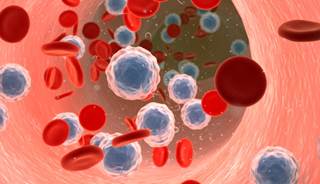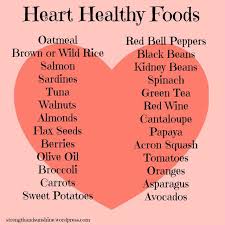Leave a Comment:
1 comment
Dear David,
I have been diagnosed with MM in October 2015 with a M-protein score of 56. The oncologist immediately wanted to start with chemo therapy, but I took 2 weeks leave to investigate and decided against it. I immediately changed my diet and the score dropped to 25 within 5 weeks. I also lost weight. Since then I have tried various natural supplements, but the M-protein score rises with 1 point on average every month. I am otherwise still healthy and did not experience major setbacks.
My biggest problem is that in South Africa our medical industry follows the FDA and in terms of treatments for MM, we only have the standard treatments available and nothing that is available overseas in the US and Europe. Our currency is very poor against the dollar and every dollar costs us 15 rands (our currency), which makes treatment overseas very expensive and in a way impossible. I have imported some of the products from the US e.g pork pancreatic enzymes, etc and followed the treatment plan, but with no improvement.
What would you suggest I do if you were in my position? Can one for instance contact the Burzynski Clinic and ask for the medication and treatment plan or will they only allow treatment at their clinic? I realize it must be comprehensive, but if you can’t attend the clinic due to the cost, what other alternatives are there available?
Kind regards.
Reply



